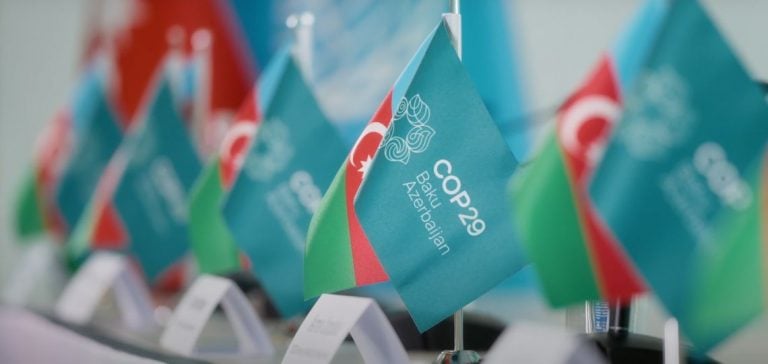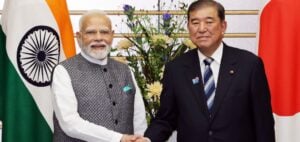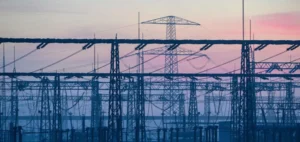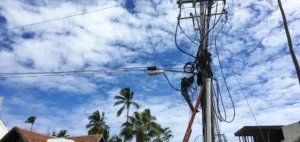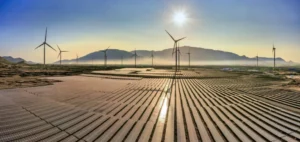The formulation of the climate finance goal for developing countries, to be adopted in November at COP29 in Baku, is becoming slightly clearer according to a draft agreement published on Tuesday. However, the amount required from wealthy countries remains to be defined.
Three formulation options are now on the table in this text drafted by Egypt and Australia, designated as co-facilitators seeking to synthesize years of North-South disputes. The first option favors exclusive aid from developed countries, while the second proposes a sharing of responsibilities that includes wealthy emerging countries. The third option combines both approaches.
These proposals include several possibilities for quantification and distribution of the billions of dollars expected to establish this new global finance goal for climate, referred to by its English acronym NCQG (New Collective Quantified Goal). This goal is expected to be approved at the 29th United Nations climate conference, which will take place from November 11 to 22 under Azerbaijani presidency.
Options for Climate Finance Formulation
The first option imposes on wealthy countries, recognized as historically responsible for climate change in the UN Climate Convention, a commitment to provide an annual amount ranging from a minimum of $100 billion to $2 trillion over a yet-to-be-determined period. Proposed periods include 2025-2030 or until 2035.
The second approach proposes setting the NCQG “onion-style,” with several layers. It first envisions a total funding goal for developing countries to be achieved by 2035 or 2040, funded by all public and private sources, national and international. Subsequently, sub-goals would specifically require developed countries to contribute more.
Implications and Challenges of Proposed Options
However, the second option does not provide any indication of the additional effort that wealthy countries would be willing to accept, leaving room for interpretation regarding actual contributions. The third option, less detailed, would aim to combine elements from the first two, seeking a balance between exclusive aid and shared responsibilities.
According to Ialtchine Rafiev, Azerbaijan’s chief negotiator, the financial needs for public funding are in the order of trillions of dollars, with a realistic mobilization estimated at several hundred billion. These remarks were made following two days of “pre-COP” meetings in Baku, highlighting the importance of an ambitious yet achievable agreement.
History and Objectives of Climate Finance
The climate finance goal under discussion replaces the one set in 2009, which stipulated that wealthy countries provide $100 billion in annual aid to developing countries. This amount was difficult to achieve by 2022, underscoring the need for a new, more ambitious, and better-structured agreement.
Current discussions aim to define a stronger and fairer financial framework capable of effectively addressing the growing needs of developing countries in the face of climate challenges. COP29 represents a crucial step in establishing this goal, with intense negotiations among stakeholders.


